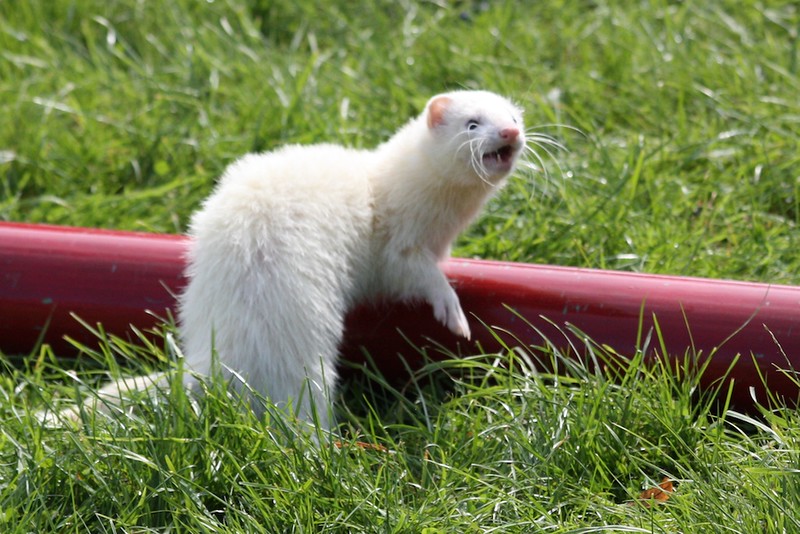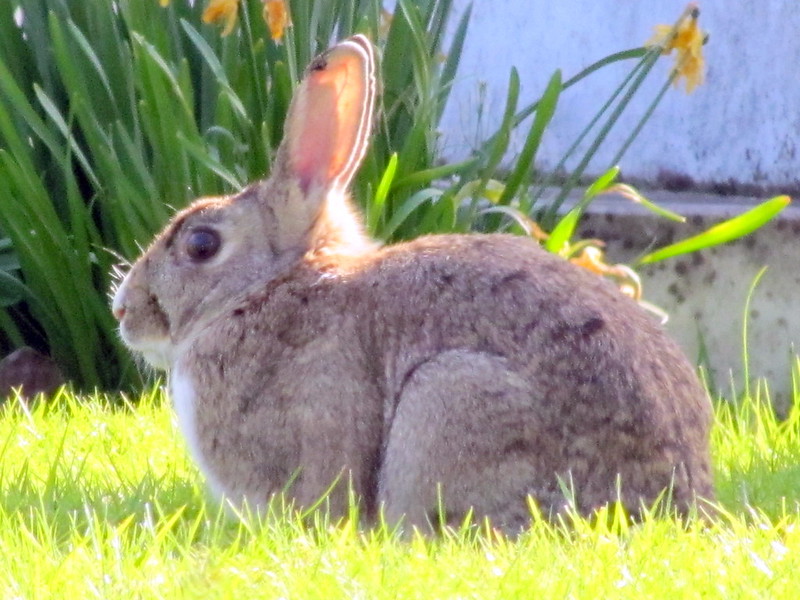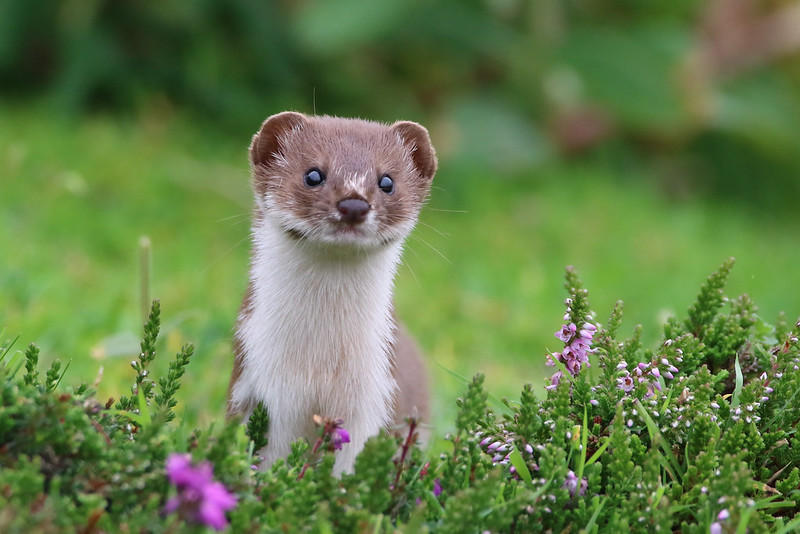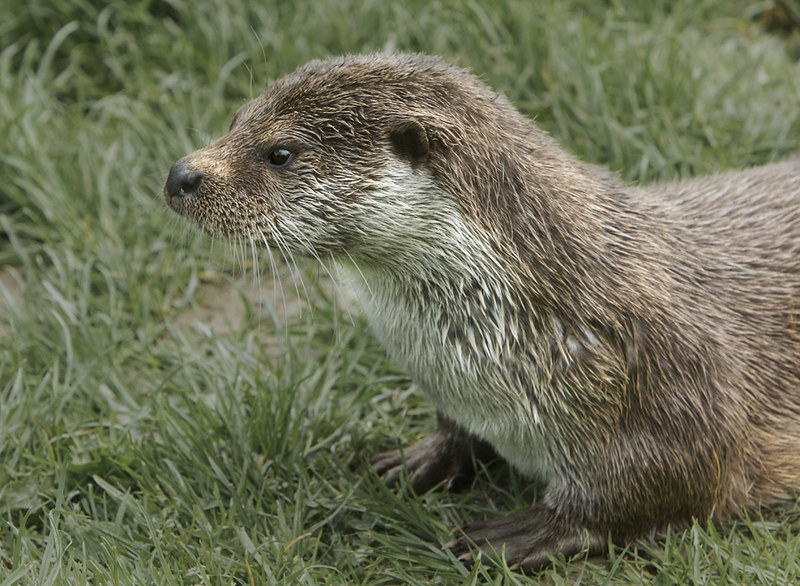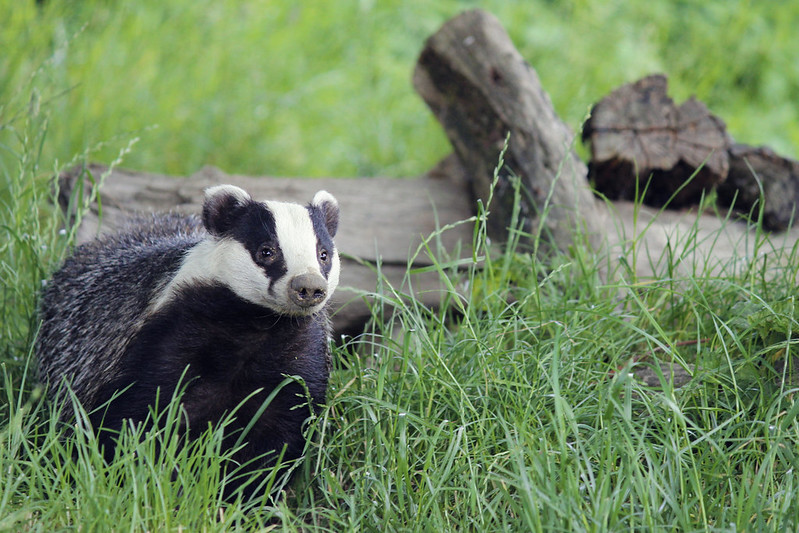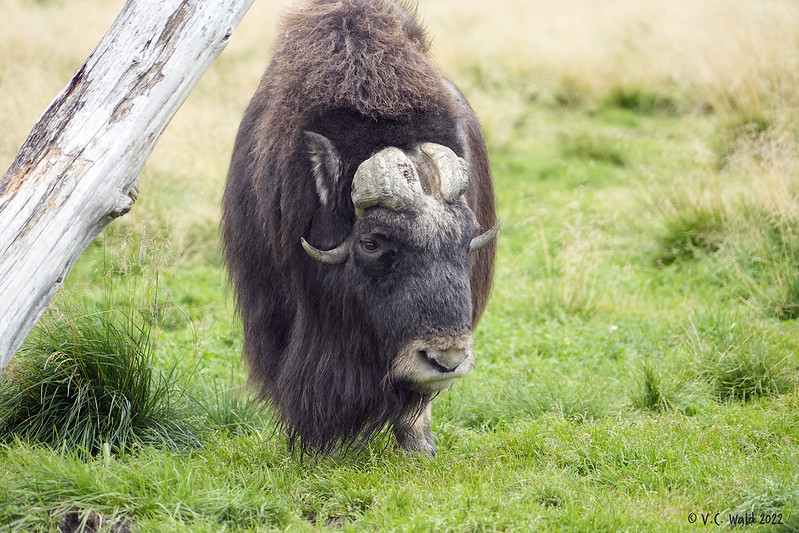Animals with fluffy tails are a common sight in the animal kingdom. From foxes and raccoons to squirrels and opossums, these creatures use their fluffy tails for a variety of purposes.
Whether for balance, communication, or signaling to other animals, fluffy tails are an important adaptation that helps these animals thrive.
In this article, we will explore 15 awesome animals with fluffy tails and learn more about the unique ways they use them.
15 Awesome animals with fluffy tails
Here is a list of 15 animals with fluffy tails with real picture :
1. Fox
The fox is a small, agile carnivorous mammal that belongs to the Canidae family. It is known for its sharp teeth, keen sense of smell, and distinctive, bushy tail.
Foxes are found throughout the world, and are known for their intelligence, cunning, and adaptability.
They are omnivorous, and will eat a wide variety of foods, including insects, small mammals, fruits, and berries.
Foxes are often associated with mischief, and are a popular figure in folklore and literature.
You may also like our article, 15 Cute and Unique Animals With Big Eyes
2. Raccoon
The raccoon is a medium-sized mammal that belongs to the Procyonidae family. It is known for its distinctive black and white markings, and its bushy, ringed tail.
Raccoons are found throughout North and Central America, and are known for their intelligence, curiosity, and adaptability.
They are omnivorous, and will eat a wide variety of foods, including insects, fruits, berries, and small mammals.
Raccoons are often associated with mischief and thievery, and are a popular figure in folklore and literature.
3. Squirrel
The squirrel is a small, tree-dwelling rodent that belongs to the Sciuridae family. It is known for its fluffy tail, which it uses for balance and communication.
Squirrels are found throughout the world, and are known for their agility, speed, and adaptability.
They are primarily herbivorous, and will eat a wide variety of plant foods, including nuts, seeds, and fruits.
Squirrels are often associated with playfulness and cheerfulness, and are a popular figure in folklore and literature.
4. Opossum
The opossum is a medium-sized marsupial that belongs to the Didelphidae family. It is known for its distinctive white face, pointed ears, and bushy tail.
Opossums are found throughout North and Central America, and are known for their intelligence, adaptability, and survival skills.
They are omnivorous, and will eat a wide variety of foods, including insects, fruits, berries, and small mammals.
Opossums are often associated with curiosity and cleverness, and are a popular figure in folklore and literature.
5. Skunk
The skunk is a small, nocturnal mammal that belongs to the Mephitidae family. It is known for its distinctive black and white markings, and its pungent odor.
Skunks are found throughout North and Central America, and are known for their intelligence, curiosity, and adaptability.
They are primarily carnivorous, and will eat a wide variety of small mammals, insects, and fruits. Skunks are often associated with mischief and mischievousness, and are a popular figure in folklore and literature.
6. Cat
The cat is a small, domesticated mammal that belongs to the Felidae family. It is known for its sharp teeth, keen senses, and distinctive fluffy tail.
Cats are found throughout the world, and are known for their intelligence, curiosity, and independence.
They are carnivorous, and will eat a wide variety of small mammals, birds, and insects. Cats are often associated with grace, elegance, and beauty, and are a popular figure in folklore and literature.
7. Rat
The rat is a small, omnivorous rodent that belongs to the Muridae family. It is known for its sharp teeth, keen senses, and distinctive fluffy tail.
Rats are found throughout the world, and are known for their intelligence, adaptability, and survival skills. They will eat a wide variety of foods, including fruits, seeds, grains, and insects.
Rats are often associated with filth, disease, and vermin, and are a popular figure in folklore and literature.
8. Ferret
The ferret is a small, domesticated mammal that belongs to the Mustelidae family. It is known for its sharp teeth, keen senses, and distinctive fluffy tail.
Ferrets are found throughout the world, and are known for their intelligence, playfulness, and adaptability.
They are carnivorous, and will eat a wide variety of small mammals, birds, and insects. Ferrets are often associated with curiosity and mischief, and are a popular figure in folklore and literature.
9. Rabbit
The rabbit is a small, herbivorous mammal that belongs to the Leporidae family. It is known for its distinctive ears, sharp teeth, and fluffy tail.
Rabbits are found throughout the world, and are known for their speed, agility, and adaptability.
They will eat a wide variety of plant foods, including grasses, herbs, and vegetables. Rabbits are often associated with innocence, playfulness, and fertility, and are a popular figure in folklore and literature.
10. Weasel
The weasel is a small, carnivorous mammal that belongs to the Mustelidae family. It is known for its sharp teeth, keen senses, and distinctive fluffy tail.
Weasels are found throughout the world, and are known for their intelligence, agility, and adaptability.
They will eat a wide variety of small mammals, birds, and insects. Weasels are often associated with cunning and stealth, and are a popular figure in folklore and literature.
11. Marten
The marten is a small, carnivorous mammal that belongs to the Mustelidae family. It is known for its sharp teeth, keen senses, and distinctive fluffy tail.
Martens are found throughout the world, and are known for their intelligence, agility, and adaptability.
They will eat a wide variety of small mammals, birds, and insects. Martens are often associated with stealth and cunning, and are a popular figure in folklore and literature.
12. Otter
The otter is a semi-aquatic mammal that belongs to the Mustelidae family. It is known for its sharp teeth, keen senses, and distinctive fluffy tail.
Otters are found throughout the world, and are known for their intelligence, agility, and adaptability. They are carnivorous, and will eat a wide variety of fish, crustaceans, and mollusks.
Otters are often associated with playfulness and curiosity, and are a popular figure in folklore and literature.
13. Badger
The badger is a small, carnivorous mammal that belongs to the Mustelidae family. It is known for its sharp teeth, keen senses, and distinctive fluffy tail.
Badgers are found throughout the world, and are known for their intelligence, strength, and adaptability.
They are omnivorous, and will eat a wide variety of foods, including fruits, berries, insects, and small mammals. Badgers are often associated with ferocity and strength, and are a popular figure in folklore and literature.
14. Muskox
The muskox is a large, hoofed mammal that belongs to the Bovidae family. It is known for its thick, shaggy coat, sharp horns, and distinctive fluffy tail.
Muskoxen are found throughout the Arctic regions of the world, and are known for their strength, endurance, and adaptability.
They are herbivorous, and will eat a wide variety of plant foods, including grasses, herbs, and lichens. Muskoxen are often associated with resilience and survival, and are a popular figure in folklore and literature.
15. Bearded Dragon
The bearded dragon is a medium-sized lizard that belongs to the Agamidae family. It is known for its distinctive spiny scales, sharp teeth, and fluffy tail.
Bearded dragons are found throughout Australia, and are known for their intelligence, agility, and adaptability.
They are omnivorous, and will eat a wide variety of foods, including insects, fruits, and vegetables.
Bearded dragons are often associated with curiosity and playfulness, and are a popular figure in folklore and literature.
Conclusion
In conclusion, fluffy tails are a common feature among many animals, and can be found in a variety of species.
From foxes and raccoons to otters and bearded dragons, these creatures use their fluffy, bushy tails for balance, communication, and signaling to other members of their species.
Whether for signaling danger, attracting mates, or expressing emotions, fluffy tails are an important adaptation that helps these animals thrive.








